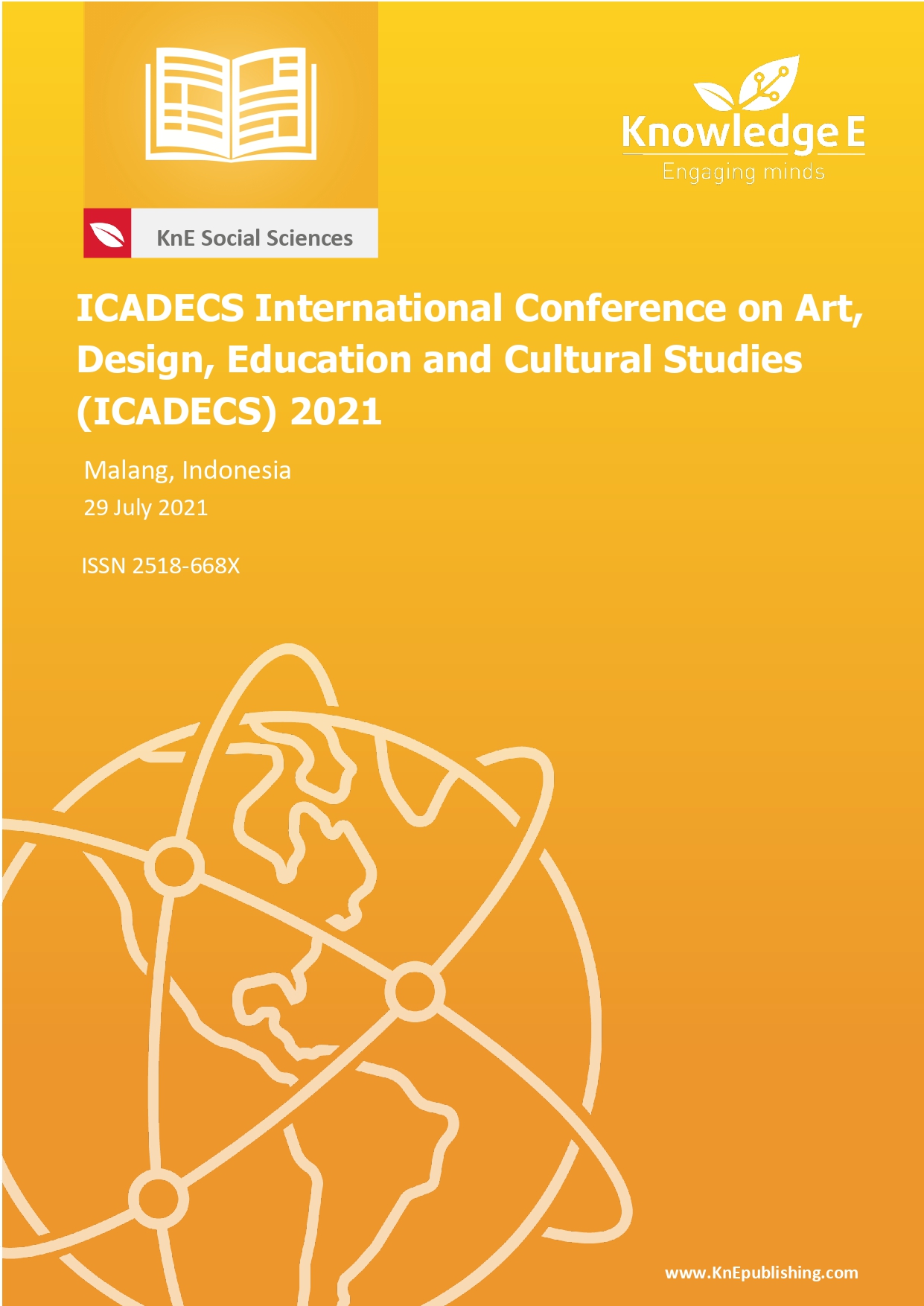Design of a Visual Identity to Build Branding of a Rattan Weaving Tourism Village in Malang City
DOI:
https://doi.org/10.18502/kss.v7i13.11645Abstract
A rattan weaving village has existed in Malang City since 1970. This village supported economic acceleration programs during the pandemic, and implemented academic support through the village tourism program. For five decades this village has remained static in the supply of natural and synthetic rattan weaving. Not many people know about the existence of this rattan weaving village because its products are exported abroad. Visually, the rattan weaving village in Tasikmadu has not yet reached the potential and image of a tourist village. To be able to attract the attention of the audience, a creative strategy is needed that is in accordance with the village’s tourism goals. The visual identity of the village should be the first step in this design. Visual identity is an important part of a tourism village‘s brand and can support tourism village promotion strategies. To create good brand awareness, it is crucial to develop a consistent visual identity. All other non-physical attributes such as vision and mission, tourism value, and tourism culture can be drawn from visual identity. This study aimed to: (1) produce a brand identity of the Tasikmadu rattan weaving tourism village; (2) integrate the resources of the village to form a tourism village ecosystem; and (3) generate brand awareness through the implementation of the results of the visual identity design into the promotional media project for the village.
Keywords: brand identity, tourism, visual identity
References
[2] Prasetyo AR, Aruna A, Ishlah NFP, Rahmawati N, Sayono J. Incubation and optimization of visual assets of micro-start-ups through asset-based community development design training. Journal of Education And Technology. 2021;4(4):675- 690.
[3] Kotler P, Pfoertsch W. 2010. Ingredient branding: Making the invisible visible. Heildelberg: Springer Science & Business Media.
[4] Johansson-Sköldberg U, Woodilla J, Çetinkaya M. Design thinking: Past, present and possible futures. Creativity and Innovation Management. 2013;22(2):121–146. https://doi.org/10.1111/caim.12023
[5] Prasetyo AR, Rahmawati N, Ulfa S, Widodo T, Qomar M, Wulansari AE. The development of a virtual module based on the infographic dynamics of art materials. KnE Social Sciences. 2021:178–185. https://doi.org/10.18502/kss.v5i6.9193
[6] Papp-Vary A. The Anholt-GMI city brand hexagon and the saffron European city brand barometer: A comparative study. Regional and Business Studies. 2011;3(1):555–562
[7] Aruna A, Ishlah NFP, Inayah L, Prasetyo AR. Educational game design ‘napak tilas panji asmorobangun’ in ‘wayang beber’ story. Journal of Education And Technology. 2021;5(1):1–25. https://doi.org/10.29062/edu.v5i1.268

